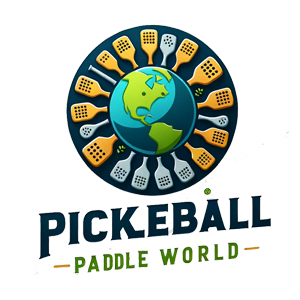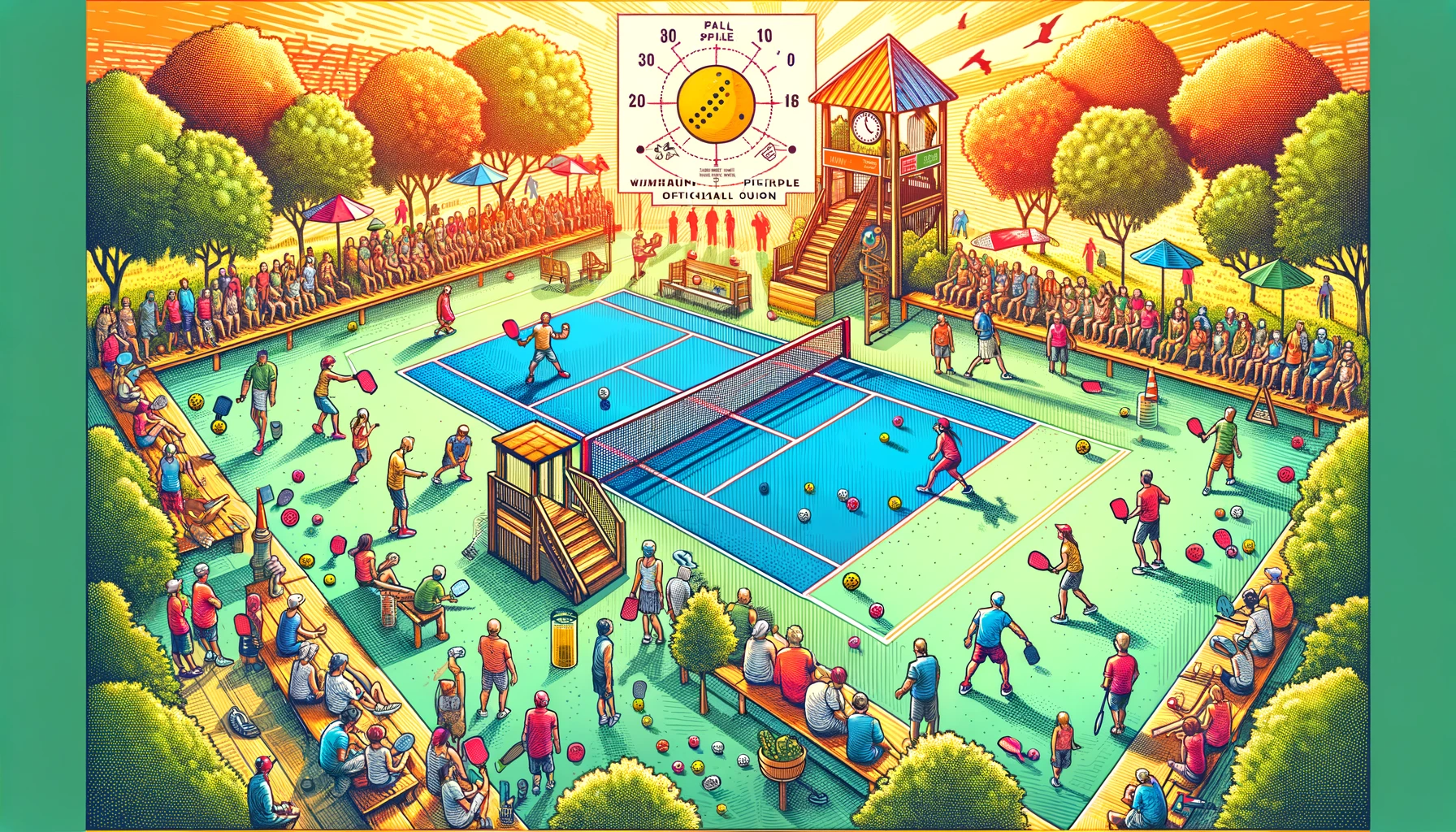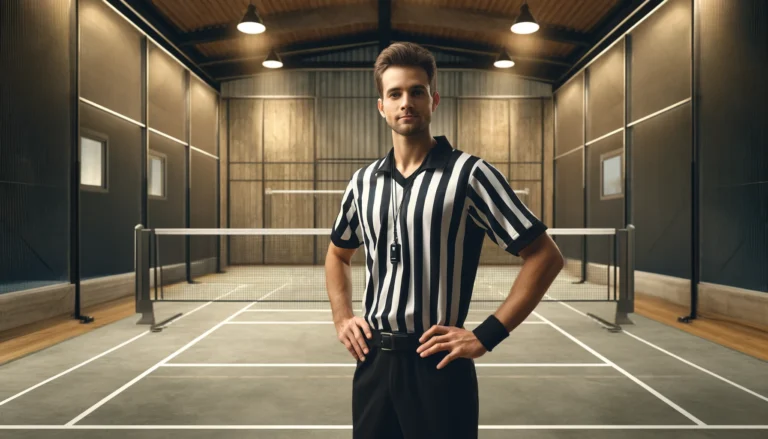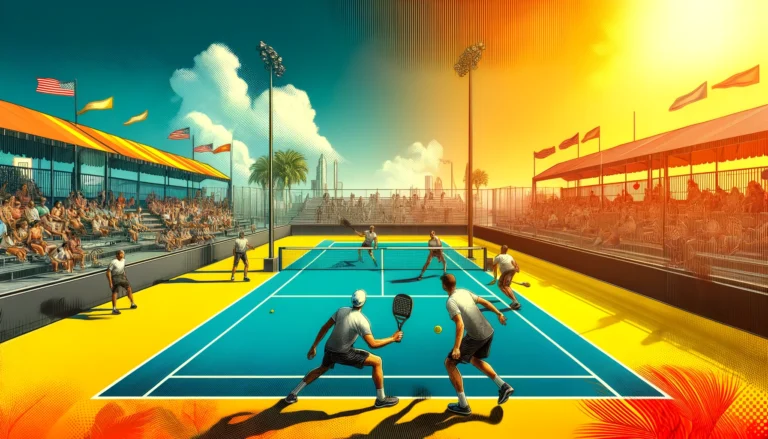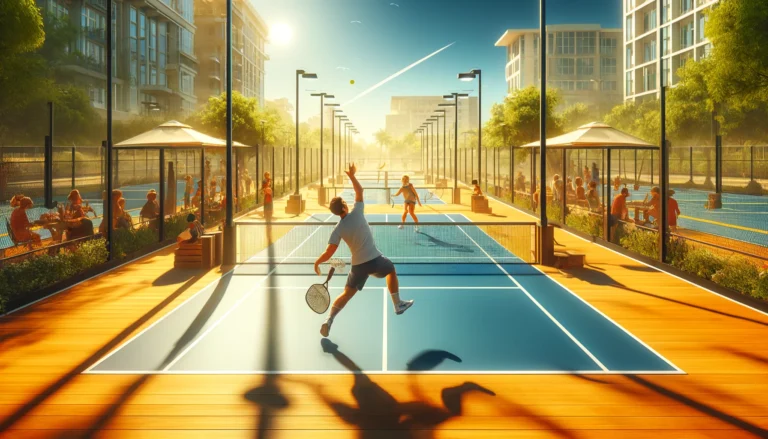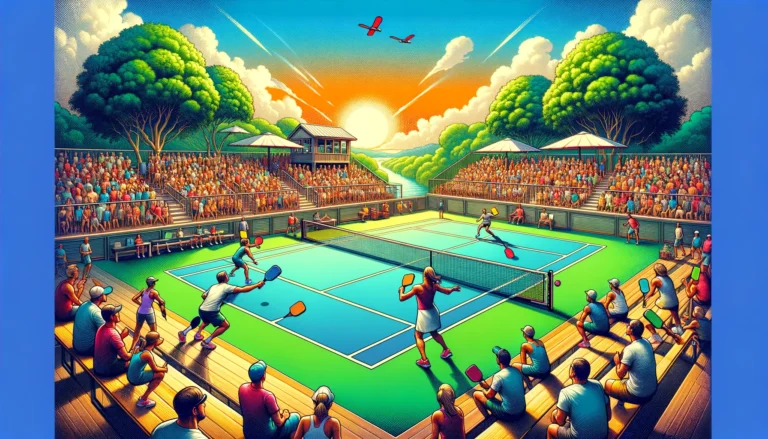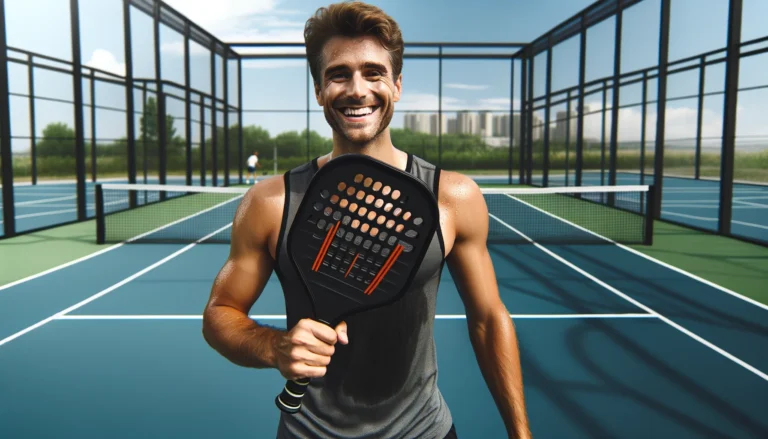Mastering the Game: A Comprehensive Guide to Pickleball Court Dimensions PDF
Pickleball continues to soar in popularity, attracting players of all ages to its engaging and competitive gameplay. For enthusiasts and newcomers alike, understanding the specifics, such as pickleball court dimensions, is crucial. This guide offers an in-depth look at the layout and size requirements that conform to official standards, ensuring your playing area meets regulations.
This article will delve into various aspects of pickleball court design, including the significance of official dimensions, the materials used for top-notch playing surfaces, and how to properly mark your court. We’ll also touch on the differences between indoor and outdoor setups, which can affect space and material choices.
Whether you’re planning to build a new court or just curious about the game’s requirements, this detailed exploration will equip you with all the necessary knowledge. By understanding the dimensions and setup, you’ll enhance your playing experience and ensure your court fosters fair and exciting gameplay.
Official Pickleball Court Dimensions Explained
A standard pickleball court measures 44 feet long and 20 feet wide, closely mirroring the dimensions of a badminton court. This size is regulated to ensure uniformity in gameplay across all levels of competition.
The net in a pickleball court stands at 36 inches high at the sidelines and dips to 34 inches in the center. These precise measurements are vital for maintaining the game’s unique blend of strategy and physicality.
Understanding these dimensions is not only crucial for players but also for those setting up new courts. Compliance with these measurements ensures that the gameplay is fair and standardized, no matter where you play.
Indoor vs. Outdoor Court Considerations
When planning a pickleball court, it’s essential to consider whether it will be located indoors or outdoors. Each setting requires different materials and considerations for durability and performance.
Outdoor courts often require hardier materials to withstand the elements and may need additional space around the court for drainage and safety barriers. Conversely, indoor courts may need specialized flooring to enhance grip and player safety.
Regardless of location, the actual playing area must still adhere to the official pickleball court dimensions, although the surrounding space may vary based on environmental factors.
Materials and Surface Types for Optimal Play
Choosing the right materials for your pickleball court is pivotal for both the longevity of the court and the quality of play. Asphalt and concrete are the most common surfaces due to their durability and low maintenance.
For indoor courts, wooden or synthetic surfaces are popular, providing good bounce and reduced strain on players’ joints. These materials can significantly impact the speed and style of play, which are important considerations for competitive players.
Additionally, the surface color can influence visibility. Bright colors like blue and green enhance the visibility of the ball, making it easier for players to track during fast exchanges.
DIY Marking Your Pickleball Court
For those looking to set up their own court, marking it correctly is essential. Using tape or paint that is suitable for your chosen surface will ensure clear and lasting lines.
Ensure all lines are precisely measured and marked to maintain the integrity of the game. This includes sidelines, baselines, and the non-volley zone, often referred to as the ‘kitchen.’
There are several resources available online, including PDF guides and tutorials, that can help you mark your court accurately and efficiently.
We’ve covered everything from the basic dimensions of a pickleball court to the materials best suited for different settings and how to mark your court properly. Understanding these elements is essential for anyone serious about the game, whether you’re building a court or just looking to improve your knowledge of pickleball.
Encourage your passion for pickleball by ensuring your playing field is up to standard, and share this knowledge with fellow enthusiasts. For more detailed diagrams and specifications, consider downloading a comprehensive pickleball court dimensions PDF from a reputable source. Engage with us in the comments below or share this post to help spread the love for pickleball!
